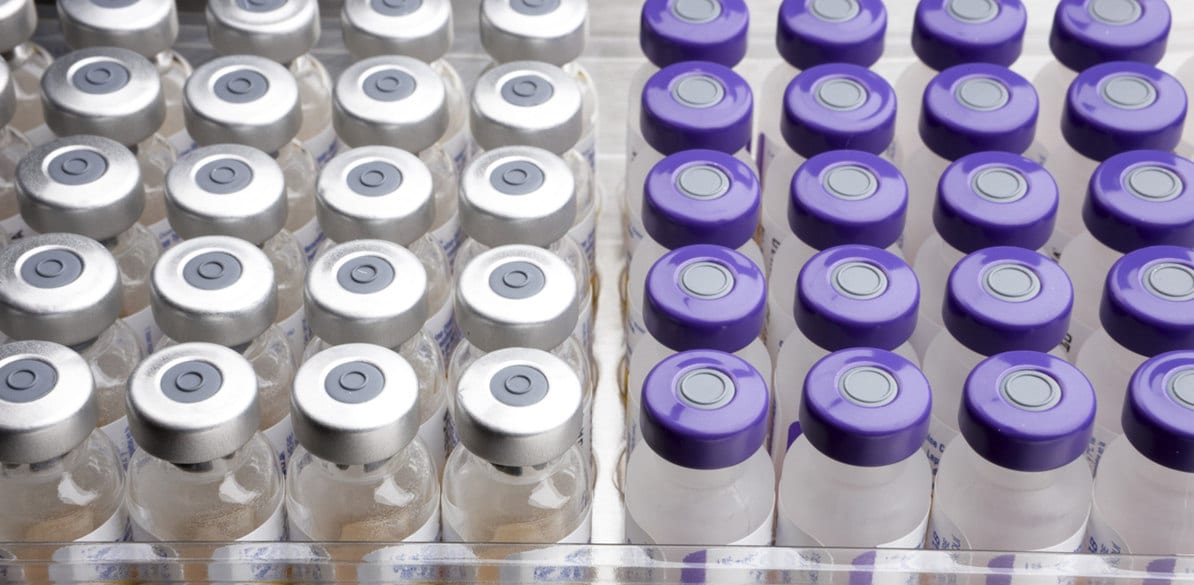Diabetes mellitus treatment and its care in driving

It should be attempted that the treatment prescribed minimizes the risk of hypoglycemia and can maintain blood glucose within normal or almost normal limits.
The treatments are effective to prevent symptomatic hyperglycemia, diabetic ketoacidosis, or non-ketotic hyperosmolar hyperglycemic coma.
The education of the patient is essential for treatment compliance, that he recognizes when he must look immediately for a physician, and carry out a careful care of his feet.
An ophthalmologic and cardiological evaluation must be performed every year, that can be advanced in case symptoms arise, or the experts considers it appropriate.
Hypertension, hypercholesterolemia, and overweight require special attention and appropriate treatment for the greatest risk of specific complications in diabetics.
Treatment with insulin
The treatment of the IDDM requires chronic insulin administration. The patients learn to self-monitor glucose, and adjust the dose based on it.
Patients with IDDM also learn to measure ketone bodies in urine with reactive strips, in the event of any symptom such as nausea, vomiting, abdominal pain, or polyuria, and also as prevention, if symptoms of another intercurrent disease, flu or common cold, occur.
In the initial treatment period on insulin, the patient requires close monitoring with a detailed explanation of the adequate application and responsibilities, before administering the treatment individually and without risks when fulfilling daily life activities, including driving.
Complications of the treatment with insulin
- Hypoglycemia: It can be caused by a mistake in the dose of insulin, skipping a meal, unexpected physical exercise or without apparent cause. Mild hypoglycemia are frequent in diabetic patients, who learn to identify symptoms such as sweating, nervousness, generalized tremor, palpitations, confusion, and visual disturbances, that usually respond promptly to taking liquids or food with sugar.
- Local allergic reactions: Immediate pain and burning frequently occur at the site of the injection, followed after some hours by local erythema, pruritus, and induration, that can persist for several days.
- Generalized allergy to insulin: It is uncommon. The symptoms usually appear soon after an injection and they are characterized by urticaria, angioedema, pruritus, bronchospasm, etc. The treatment with antihistamines is usually sufficient but the use epinephrine and glucocorticoids is often necessary.
Advice on Treatment with insulin
- The driver should take in visible place inside the car the medical report about his disease specifying the treatment, so that, in the event of accident, he can be identified and adequately managed.
- Fainting occurring while driving and loss of control of the car can appear in a diabetic with hypoglycemia, so immediate treatment of the injured will be glucose supply.
Advice on Local allergic reactions
- They do not require specific treatment, but in some cases antihistamines are required that can cause somnolence while driving, and the patient should be warned about it.
Advice on Generalized allergy to insulin
- The patient cannot drive until the symptoms disappear completely, and the new treatment prescribed to the patient has stabilized him with safety.
Oral hypoglycemiants
Treatment with sulfonyureas starts at low doses, that are adjusted after some days until a satisfactory response is obtained or until the recommended maximum dose is reached.
The most important complication of the treatment with sulfonylureas is hypoglycemia, occurring more frequently in long-acting agents such as glyburide and chlorpropamide.
Factors predisposing to hypoglycemia include old age, renal, liver and cardiovascular diseases, and eating little.
Hypoglycemia induced by sulfonylureas can be serious and persist or relapse for several days after treatment discontinuation, even in patients treated with tolbutamide, with a standard duration of action of 6-12 hours.
Advice on Oral hypoglycemiants
- During the initial oral treatment period with insulin or hypoglycemiants, the patient cannot drive, for the risk of suffering hypoglycemia while attempting to institute an appropriate treatment regimen. The physician will notify this to the patient.
- In general, when patients with adequately treated IDDM recognize the symptoms of DKA, they inject themselves a quantity of insulin and seek for fast medical care.
- It is important to notify that if this situation occurs while driving, they must stop immediately the car and ask for help.
- Even if they inject themselves insulin and feel better, they should not drive attempting to arrival as soon as possible at the medical center, since this clinical situation can progress without an adequate control to loss of consciousness.
- The medical expert will inform the patient of his evolution, advising him against driving until the cause leading to DKA is controlled, as well as the adjustment of diabetes.
- After recovery from an acute episode of NKHHC, close monitoring with insulin adjusted to diet requires a more or less prolonged period when he cannot drive.
- The physician will inform on the adequate adjustment, that will enable to drive safely and without startling for hyper or hypoglycemia.
- All the patients treated with sulfonylureas who suffer hypoglycemia should be closely monitored for 2-3 days, even admission if necessary for its control. The patient cannot drive until the specialist reports on the complete stabilization of the patient.
- Drivers should not drink alcohol before driving. In the case the diabetic drivers, they are recommended not to drink alcohol in any case, for the possible interference with his medication, and accordingly a risk for driving.
